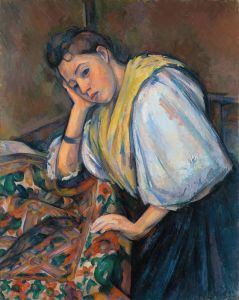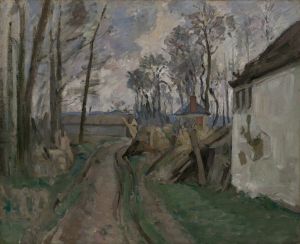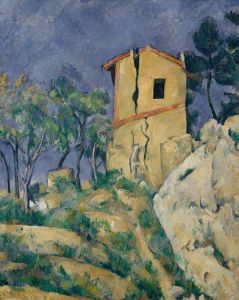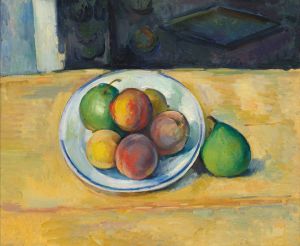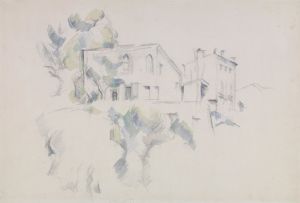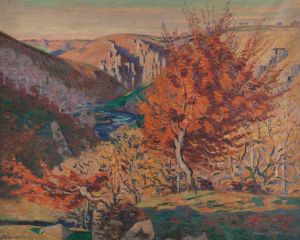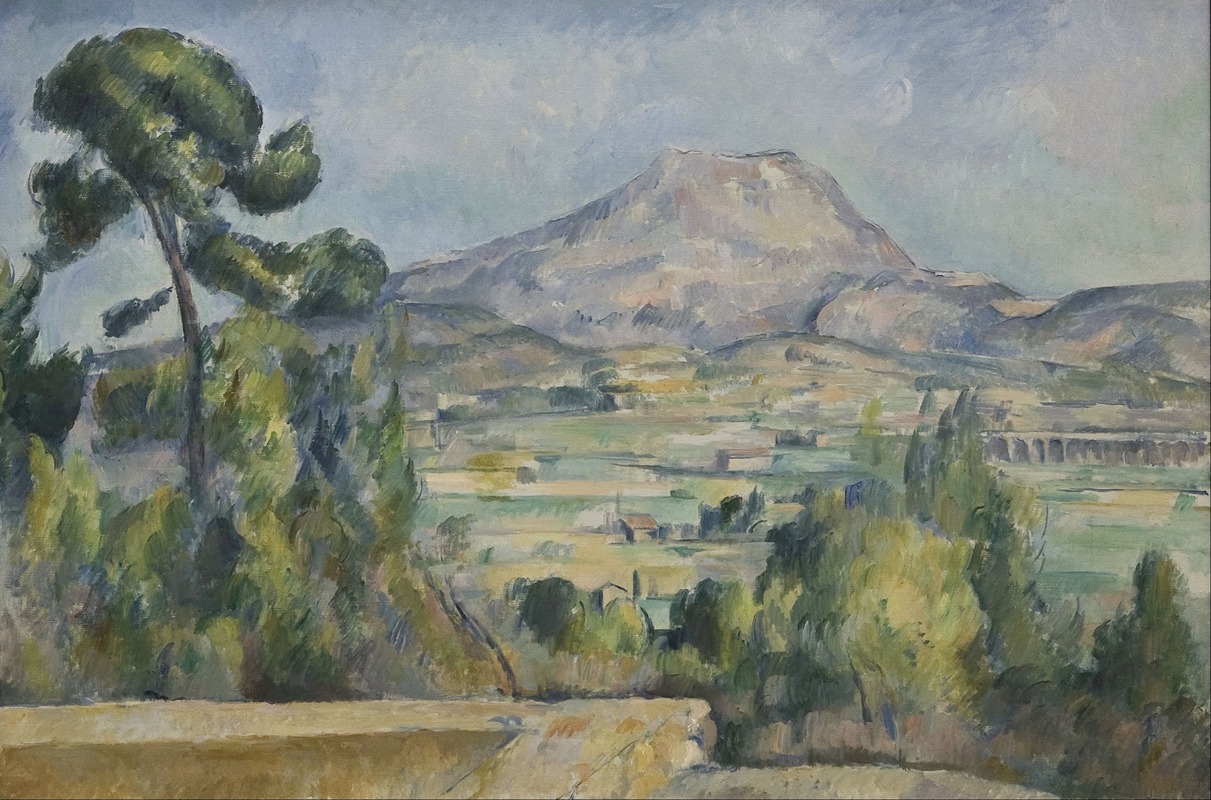
Montagne Saint-Victoire
A hand-painted replica of Paul Cézanne’s masterpiece Montagne Saint-Victoire, meticulously crafted by professional artists to capture the true essence of the original. Each piece is created with museum-quality canvas and rare mineral pigments, carefully painted by experienced artists with delicate brushstrokes and rich, layered colors to perfectly recreate the texture of the original artwork. Unlike machine-printed reproductions, this hand-painted version brings the painting to life, infused with the artist’s emotions and skill in every stroke. Whether for personal collection or home decoration, it instantly elevates the artistic atmosphere of any space.
Paul Cézanne's "Montagne Sainte-Victoire" is a series of oil paintings that depict the mountain of the same name located in the Provence region of southern France. Cézanne, a native of Aix-en-Provence, was deeply inspired by the landscape of his homeland, and Montagne Sainte-Victoire became one of his most iconic subjects. The series, painted between the late 19th and early 20th centuries, showcases Cézanne's innovative approach to form, color, and composition, which would later influence the development of modern art.
Cézanne's fascination with Montagne Sainte-Victoire began in the 1880s, and he continued to explore this motif until his death in 1906. The mountain, with its distinctive limestone peak, provided Cézanne with a constant source of inspiration and a means to experiment with his artistic techniques. Over the years, he produced numerous paintings and watercolors of the mountain, each capturing different perspectives, times of day, and atmospheric conditions.
Cézanne's approach to painting Montagne Sainte-Victoire was characterized by his desire to capture the underlying structure of the landscape. He often used geometric shapes and planes to depict the mountain, breaking down the natural forms into simplified, abstracted elements. This method allowed him to convey a sense of solidity and permanence, while also exploring the dynamic interplay of light and color.
One of the most notable aspects of Cézanne's Montagne Sainte-Victoire series is his use of color. Cézanne employed a palette of muted greens, blues, and earth tones to render the landscape, often using short, repetitive brushstrokes to build up the surface of the canvas. This technique, known as "constructive brushwork," helped to create a sense of depth and volume, while also emphasizing the flatness of the picture plane.
Cézanne's paintings of Montagne Sainte-Victoire are considered a pivotal moment in the transition from 19th-century Impressionism to 20th-century Cubism. His emphasis on form and structure, as well as his exploration of multiple viewpoints, laid the groundwork for artists like Pablo Picasso and Georges Braque, who would further develop these ideas in their own work.
The Montagne Sainte-Victoire series is also significant for its reflection of Cézanne's personal artistic philosophy. He believed that art should not merely imitate nature, but rather reveal its underlying essence. Through his depictions of the mountain, Cézanne sought to capture the eternal and immutable qualities of the natural world, while also expressing his own subjective experience of the landscape.
Today, Cézanne's Montagne Sainte-Victoire paintings are held in major art collections around the world, including the Musée d'Orsay in Paris, the Metropolitan Museum of Art in New York, and the Hermitage Museum in St. Petersburg. These works continue to be celebrated for their innovative approach to form and color, as well as their profound influence on the course of modern art.
In summary, Paul Cézanne's Montagne Sainte-Victoire series represents a significant achievement in the history of art. Through his depictions of this iconic mountain, Cézanne not only captured the beauty of the Provençal landscape but also paved the way for new artistic movements that would shape the future of painting.






